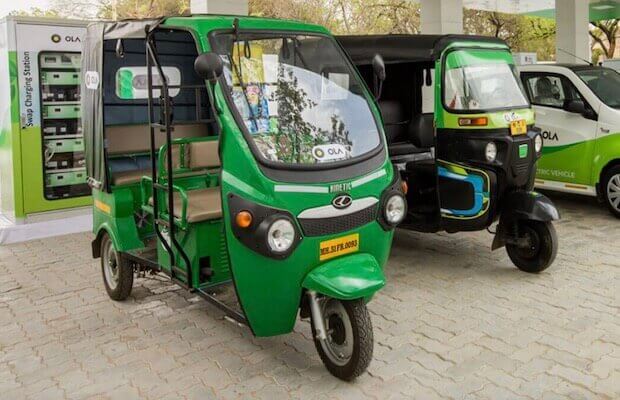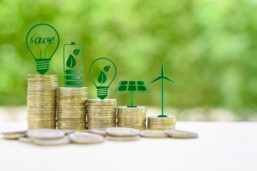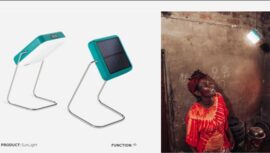 Altigreen & Bolt.Earth Sets Sights on Deployment of 100 3.3 kW Charging Stations
Altigreen & Bolt.Earth Sets Sights on Deployment of 100 3.3 kW Charging Stations One of the most significant challenges in the 3W segment is with respect to finances. However, that cost is now coming down to 25-30% in India
The Energy and Resources Institute (TERI), with the support of Shakti Sustainable Energy Foundation (SSEF), has released a report on the Roadmap for Electrification of Urban Freight in India. Speaking at the virtual launch of the report, Sudhendu J Sinha, Adviser, Transport, NITI Aayog, said, “As India’s urban population continues to grow, we have to address the transport sector and its implications. The urban freight sector is no more confined to four (4W) and three-wheelers (3W); it also comprises two-wheelers (2W) with the advent of e-commerce. One of the most significant challenges in the three-wheeler segment is with respect to finances. However, that cost is now coming down to 25-30 percent in India.”
Citing the success of the Public-Private Partnership (PPP) model for the adoption of EVs in Kochi, he added, “Awareness campaigns should be taken up to promote the uptake of these electric 3W vehicles.”
The study was conducted by TERI with an objective to assess the operational and financial feasibility of EVs in the urban freight (UF) segment by undertaking a survey-based analysis of five sectors across three cities namely Delhi, Bengaluru and Surat.
Key researcher and author of the report, Sharif Qamar, Associate Fellow & Area Convenor, Centre for Sustainable Mobility, TERI, said, “our key findings suggest that the total cost of operation is rapidly turning in favour of EV variants, and diesel prices, range of EVs and subsidies play a significant role in the overall total cost of ownership (TCO) of EVs. He also mentioned that a large proportion of LCVs currently plying in Indian cities are pre-BS-IV emission standards, and focus is needed to upgrade these to newer vehicles.
“EVs are increasingly being introduced in the urban freight/last-mile delivery services in Indian cities. Up to 14 percent reduction in CO2 emissions is attainable in the small commercial vehicle segment with higher EV penetration in total sales by 2030.”
The key recommendations of the study are as follows:
- A countrywide national programme for electrification of urban freight sector
- Electric freight procurement schemes for government sectors
- Integration with other government programmes
- Nationwide scrapping policy programme, with a focus on EV replacement (incentives for retrofitted vehicles as well)
- State and City-level action plans for electrification of urban freight segments
- Financial credibility framework for the manufacturers and drivers
- Favorable terms of finance for electric freight vehicle by the lending institutions
- Risk-sharing mechanisms – Government, large banks and small financial institutions
- More EV variants/options for the customers (3W & 4W)
- Encourage private-public partnership by city/government agencies for plying electric urban freight vehicles
- Demarcation of EV zones, and registration, time-of-day operation and parking preferences for EVs
- EV feasibility studies required in the city-specific freight sector
- Increased awareness programmes focusing on the commercial segment (include UF segment in the national/state awareness programmes)
Ruchir Shukla, Director, Electric Mobility Program, SSEF, said “commercial vehicle in India is turning into one of the biggest segments with more relevance to urban transport. The trends/ownership of smaller commercial vehicles in the last 10 years has nearly doubled. This gives opportunities to bring and introduce new and relevant policies to implement and support SCVs as well as increase EV fleet.”





























